I want to create a NurbsSurface in OpenGL. I use a grid of control points size of 40x48. Besides I create indices in order to determine the order of vertices.
In this way I created my surface of triangles.
Just to avoid misunderstandings. I have
float[] vertices=x1,y1,z1,x2,y2,z2,x3,y3,z3....... and
float[] indices= 1,6,2,7,3,8....
Now I don't want to draw triangles. I would like to interpolate the surface points. I thought about nurbs or B-Splines.
The clue is: In order to determine the Nurbs algorithms I have to interpolate patch by patch. In my understanding one patch is defined as for example points 1,6,2,7 or 2,7,3,8(Please open the picture).
First of all I created the vertices and indices in order to use a vertexshader. But actually it would be enough to draw it on the old way. In this case I would determine vertices and indices as follows:
float[] vertices= v1,v2,v3... with v=x,y,z
and
float[] indices= 1,6,2,7,3,8....
In OpenGL, there is a Nurbs function ready to use. glNewNurbsRenderer. So I can render a patch easily. Unfortunately, I fail at the point, how to stitch the patches together. I found an explanation Teapot example but (maybe I have become obsessed by this) I can't transfer the solution to my case. Can you help?
